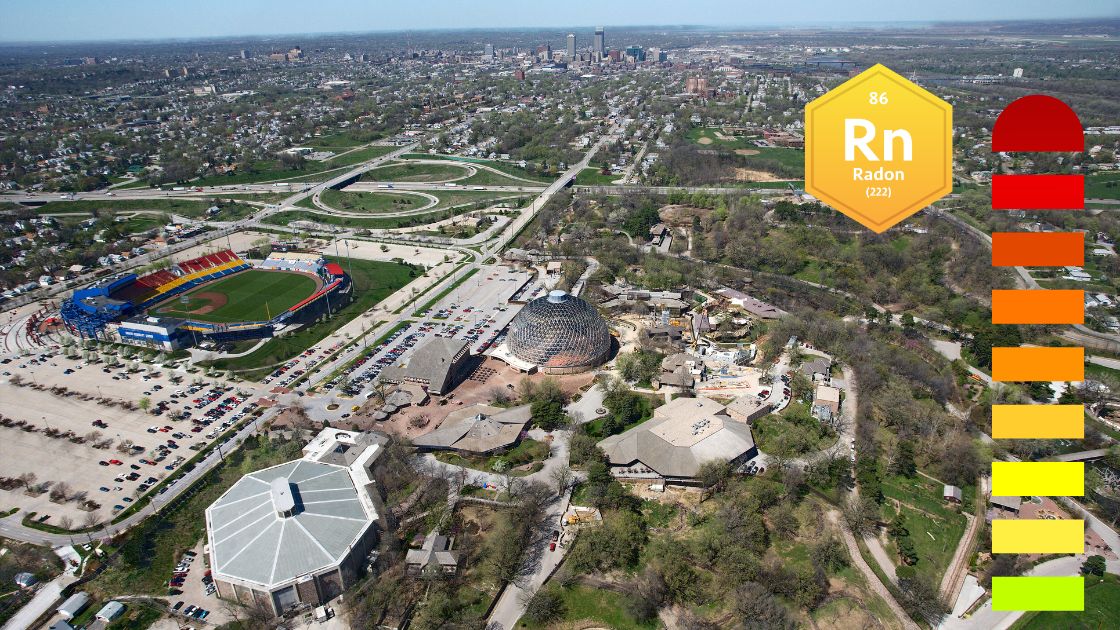|
Radon is a silent killer responsible for lung cancer, and the levels can fluctuate throughout Omaha, Nebraska, depending on the season. Recognizing when these levels peak can help homeowners take necessary precautions to protect their families. So, what season is radon worst in Omaha? Seasonal Variations in Radon LevelsWinter Radon LevelsThe winter is often when radon levels reach their highest due to multiple factors. The thermal stack effect creates a suction effect that draws in air from below. Temperatures cause pressure within homes to increase, leading to additional seepage of radon into home. Snow cover acts as an obstruction trapping more radon gas underneath, increasing concentration. Tightly sealed homes can also contribute to its accumulation. Spring Radon LevelsAs temperatures warm up and snow begins to melt in spring, soil moisture levels increase, which may contribute to an increase in radon levels; it is essential to remember, however, that radon levels may still be high during this season. Summer Radon LevelsThe summer season tends to experience lower radon levels than other times of the year due to people leaving windows and doors open and allowing air circulation freely. However, this doesn't necessarily mean radon levels cannot rise, particularly in areas with poor ventilation. Fall Radon LevelsAs temperatures begin to cool off and windows close again, radon levels can start rising rapidly in homes that do not provide sufficient ventilation. As such, homes that do not adequately ventilate may see their levels spike rapidly again in autumn. How to Lower Radon Levels in Residential PropertiesRadon exposure can be hazardous to health. High levels can increase lung cancer risk. If your home contains high levels of radon, limit exposure and protect the well-being of yourself and your family by taking steps such as air filter replacements to lower exposure.
Regular Radon Testing: Regular radon testing is vital to keeping radon levels within your home at acceptable levels, mainly if there have been changes to its foundation or ventilation system. What time of year are radon levels highest? Testing should occur every two years to detect changes that might impact this. ConclusionRadon levels in Omaha vary with each season. Winter tends to bring higher radon concentrations due to the thermal stack effect, snow cover, and tightly sealed homes. Spring, fall, and summer may all see increased levels. But it's essential to note that radon can still be present throughout any season, so testing for it and taking measures to mitigate high levels is crucial for family health and well-being. If your home contains high radon levels, the first step should be to install a radon mitigation system to lower levels and prevent long-term exposure. Hiring professional services will ensure this mitigation system is installed correctly and effectively. Read about Is a radon mitigation really necessary in Omaha?
Comments are closed.
|
Categories |
|
SERVING OMAHA NE & SURROUNDING AREAS
|
COMPANY INFOBUSINESS HOURS
Mon-Fri: 7am-7pm Sat & Sun: 9am-5pm OUR SERVICES Radon Mitigation Radon Testing ABOUT US ADDRESS 534 N 72nd St Omaha, NE 68114 402-275-4425 |
CALL US!
402-275-4425 SOCIAL MEDIA
|


